1486 people reached on FB Lassi with Lavina page – 57 engagements – FB Insights
299 views on LinkedIn
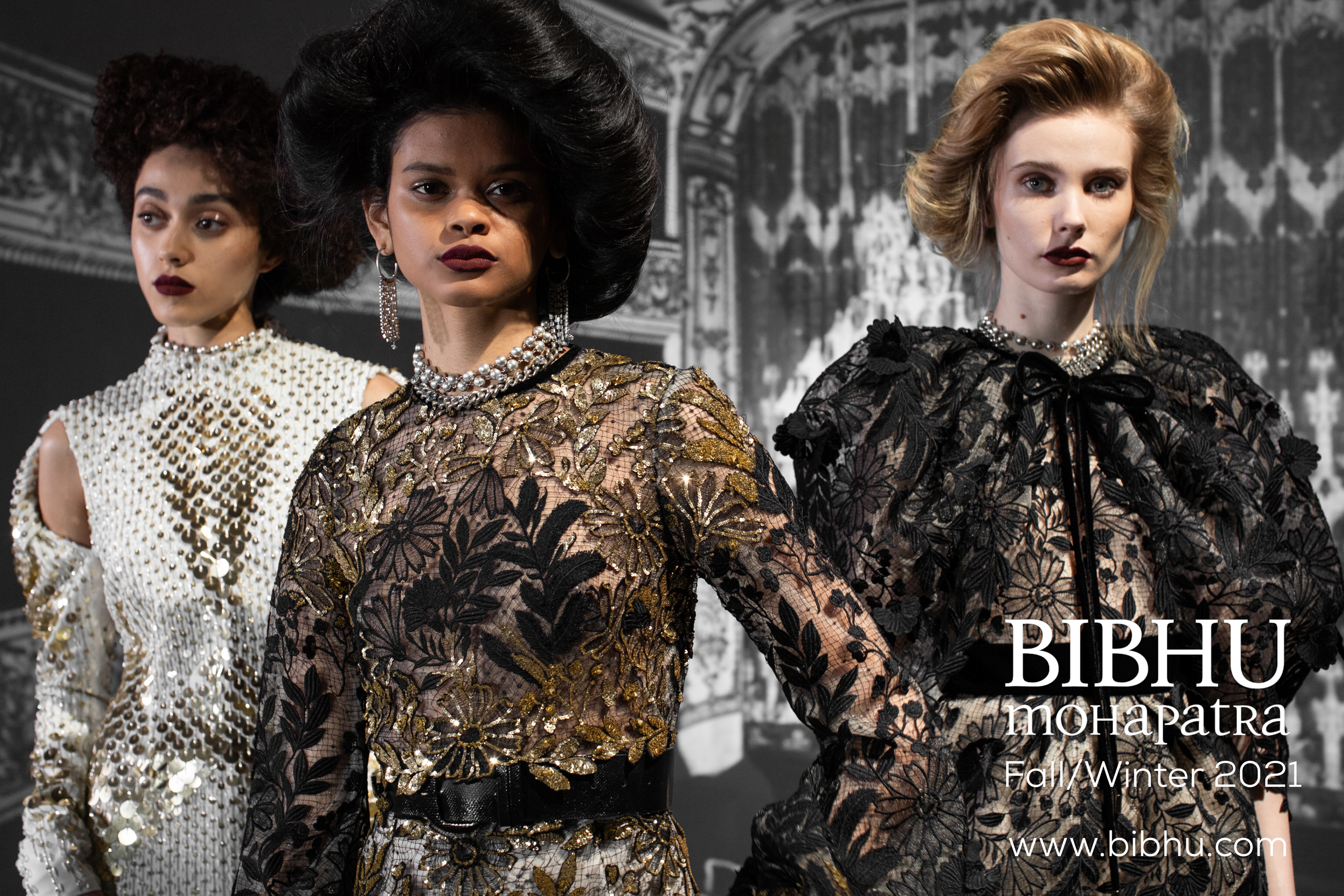 Bibhu Mohapatra: Fashion Forward During the Pandemic
Bibhu Mohapatra: Fashion Forward During the Pandemic
[dropcap]A[/dropcap]t a time when most of us are trapped in the pandemic blues and survive in our grungy tee-shirts, sweatpants and sneakers, can there be a place for high fashion? The beautiful and beguiling surreal world of NY Fashion Week seemed to be from a galaxy far, far away until I received an invite for New York Fashion Week, to check out the Fall/Winter 2021 Collection of Bibhu Mohapatra, one of NY’s noted designers.
Bibhu Mohapatra – Fall/Winter 2021/22
[dropcap]I[/dropcap]n adapting to our new normal, Council of Fashion Designers of America (CFDA) has created Runway 360, a digital platform to showcase several designers, their collections and for interaction with buyers and press. The collection can be viewed at Bibhu Mohapatra CFDA Runway360 or at www.bibhu.com and is a gorgeous and happening collection which makes you feel you are back in a happy, fashion-forward world.
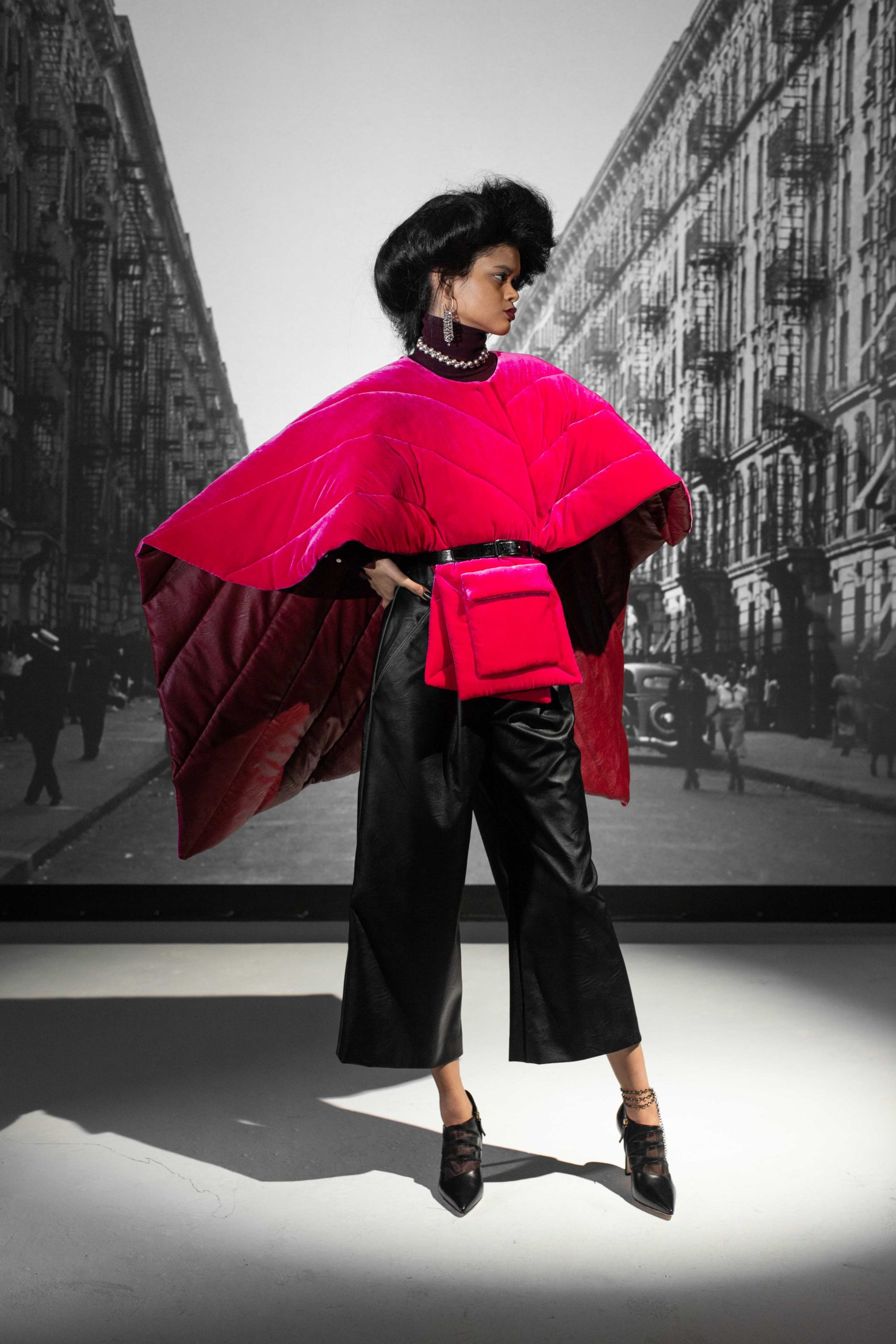
[dropcap]M[/dropcap]ohapatra, 48, was born in Rourkela, Odisha, and completed a highly successful decade in New York’s frenetic fashion industry last year. He has designed for some of the most noted women including First Lady Michelle Obama. In fact, when the First Lady landed in India she was wearing a Bibhu Mohapatra ensemble! Lupita Nyong’o and Gwyneth Paltrow are just some of the famous names he’s dressed.
His clothes can be found in many elite stores and boutiques around the world, in the US, Panama, Dubai, Kuwait and even in China and Hong Kong. The designer also has an ongoing collaboration with ForeverMark, a division of DeBeer, for which he created the Artemis Collection.
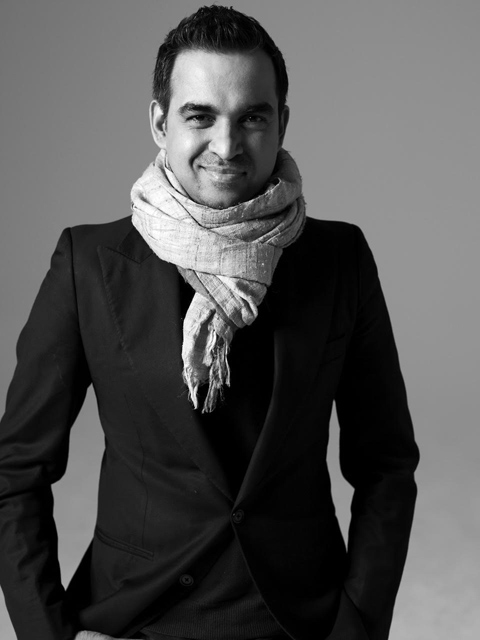
[dropcap]R[/dropcap]ight after catching his dazzling show – albeit virtually – during New York Fashion Week, I was able to have an insightful chat with Bibhu Mohapatra on the phone and get a better understanding of how something as ephemeral as fashion is surviving in the COVID world.
“Like everyone else, we went through this crazy period and are still going through it,” he says. “I think we’re all trying to be cautiously optimistic and hopeful and a lot has changed, with the vaccine promises and infection rates going down. People can plan their lives a little bit -we know that we have to look to brighter and safer days. So, that’s the mindset I’m in and my processes have changed.”
“You try to be more conscious about everything that you used to take for granted. My budgets are tighter and we’re being very careful and smart about how to use our resources; your creativity comes out when you’re in a bind.”
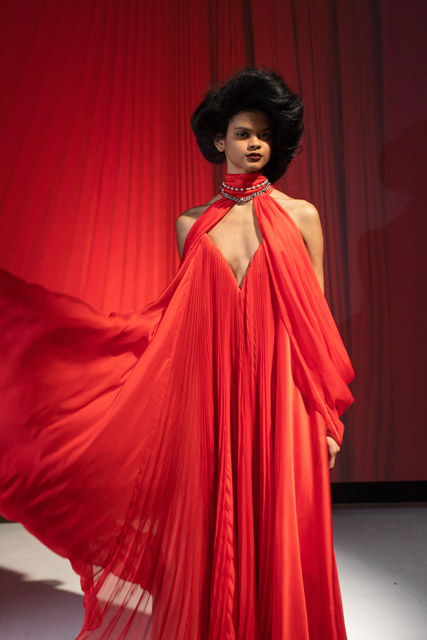
[dropcap]I[/dropcap]n lieu of a live runway show, Mohapatra presented his collection through a stunning film with a theme of love and positivity, a film which mimicked the action of the runway. He says, “It’s a different form of presenting, and filmmaking is a whole different gambit of artistry that I would love to know more about – so I really enjoyed the process.”
While current events like the pandemic, the elections, race and inequality all influence his collection; his main inspiration is strong, independent women. “It was important to stay focused on shedding light on contributions of women to our society, to our art, to our culture.”
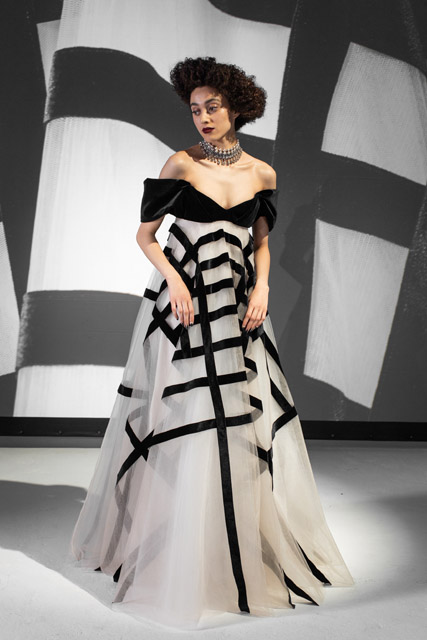
[dropcap]L[/dropcap]ast September he presented his first film, directed by filmmaker Shruti Ganguly, to showcase his Spring Collection, inspired by the artist Amrita Sher-Gil. He recalled how he managed to pull this together during the pandemic, with some interactions on Facetime: “Everyone had been in lockdown so they were so happy to be back to contributing and collaborating on something. I realized that it was super important to bring people together and do something so that they ca n be proud of their work again.”
Asked about the state of the fashion industry in New York, Mohapatra says, “People are not out shopping, retail is very difficult still, and, we were lucky that people are reaching out to us directly. The industry has suffered a lot, a lot of people have lost their jobs, a lot of businesses have folded – so it will take a long time to recover, unfortunately.”
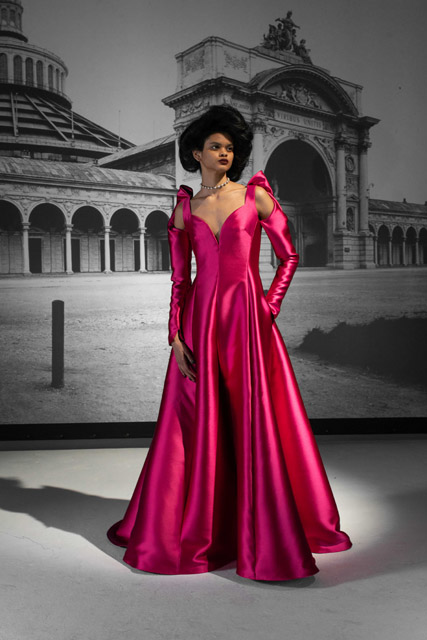
[dropcap]A[/dropcap]sked about his celebratory new collection, and the thought process behind it, he says, “I wanted to create things that were based on my classics and that are happy and joyous. We had limited resources and I wanted to make fewer clothes but make them very well so that they have a longer life, they have longevity beyond the season, and I take great pride in the fact that my clothes are not trendy or go out of fashion in three months.”
In his new collection Bibhu Mohapatra brings cheer and color back to our world, using classic cuts from his archives and showing that good fashion is not fleeting but forever. He uses a variety of intriguing materials from 3 D lace to vegan leather to velvet, often marrying unlikely textures together. He sourced beautiful materials from all over the world but also in the spirit of the times, made use of what he had on hand.
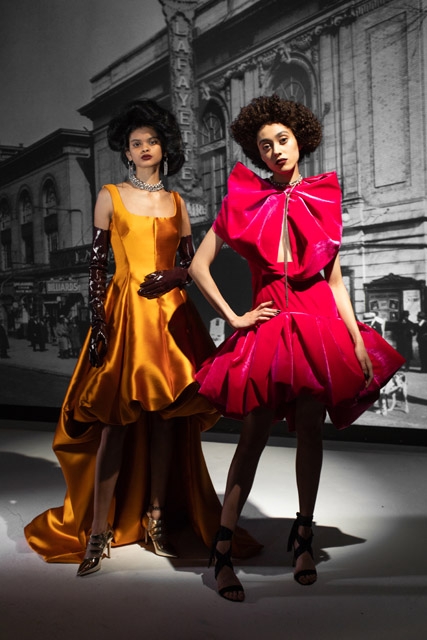
[dropcap]“I[/dropcap] always mix things so that it’s always the study of opposites – you mix contrasts together to create something more lyrical,” he says and adds: “Some of it is by design but because we had very few textiles, we had to mix them and combine them and create textures out of them so we really had to be creative about it.”
With his small team he created 29 jeweled looks for both day and evening. While his embroideries are done in India, everything else is made in America, right in New York, in his own atelier and using local factories.
Mohapatra and his partner Robert also manage to get away from the city to their house in an agricultural community in Stuyvesant Village where they grow herbs, vegetables and flowers and have six “lovely” hens which provide them with brown eggs. The designer’s creativity follows him into the kitchen where he cooks everything from Indian to Italian to Moroccan food.
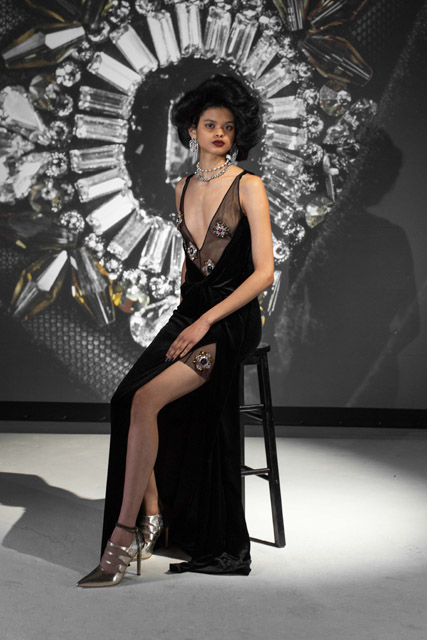
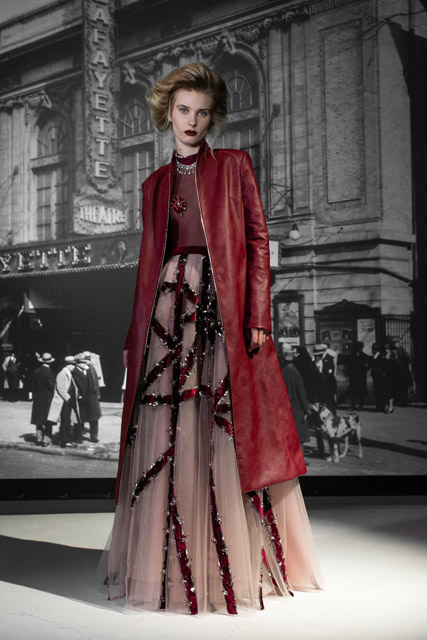
[dropcap]I[/dropcap]ndia is very much in his future plans. He says, “I’m currently working on something for India, because even though I have a lot of followers there, my clothes are not sold there yet so I’m sort of figuring out some conversation that we hopefully will launch in India.”
Asked what the last year has taught him about his own strength and resilience, Mohapatra says, “You know I’ve had a lot of time to reflect, and with the help and support of many, including my team and my friends and family, I was able to create the body of work that is a mixture of successes and failures; and I am very grateful for both, especially for the failures, because I know that is what allows me to look forward, and move ahead.”
What pointers does he have for others struggling with the pandemic? He suggests really understanding the situation and not feeling down about it, because everyone is going through it.
“We’re just lucky that we have a roof over our heads and we are eating and trying to be creative,” says Mohapatra. “Not everyone has that kind of situation – people lost their jobs and families have difficulty feeding their kids. So, I’m just very grateful and my gratitude has gone up since then so much that whatever I have, it’s an opportunity to make the most of it.”
(This article was first published in my weekly column India in America in CNBCTV18.com)
